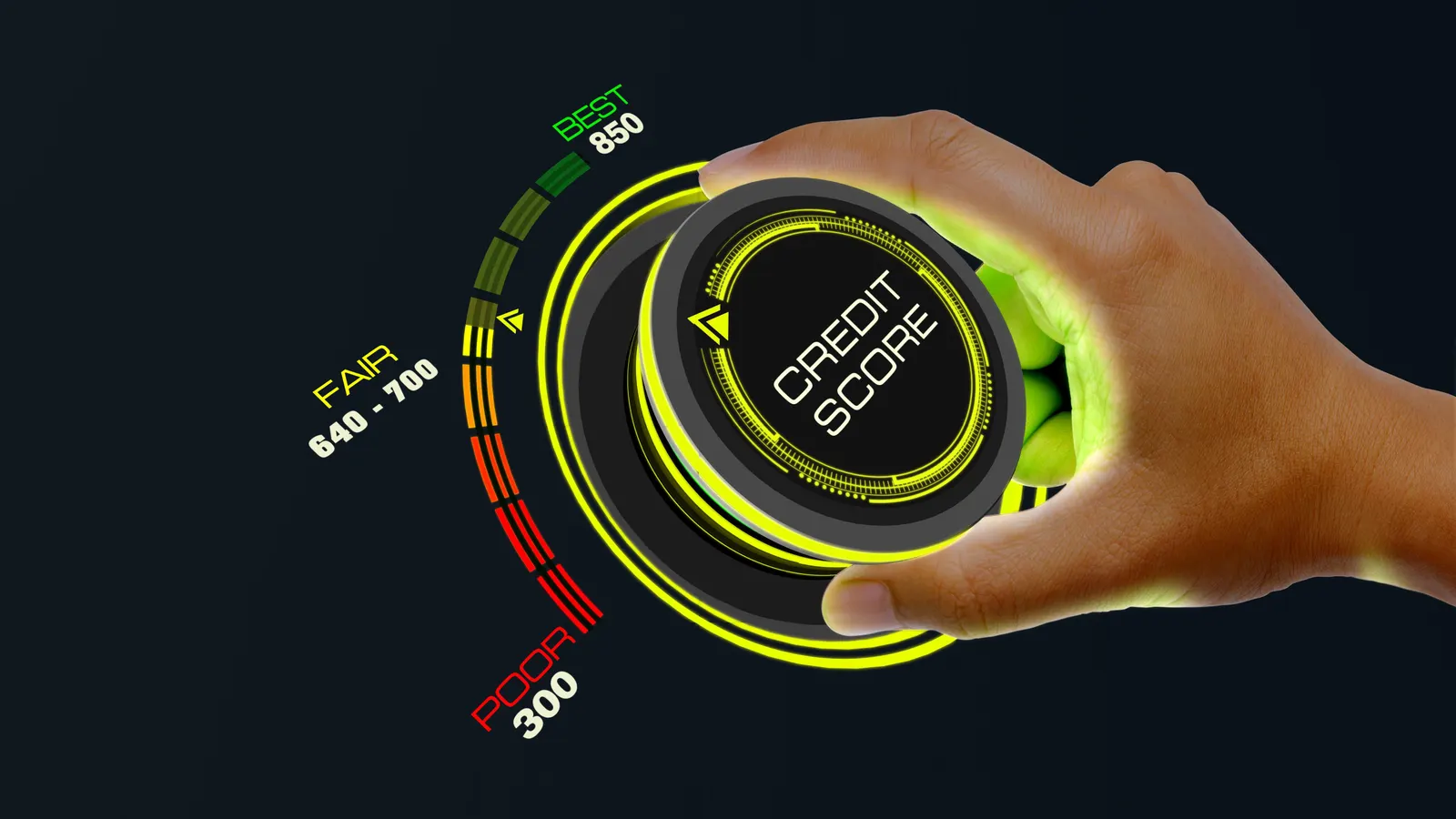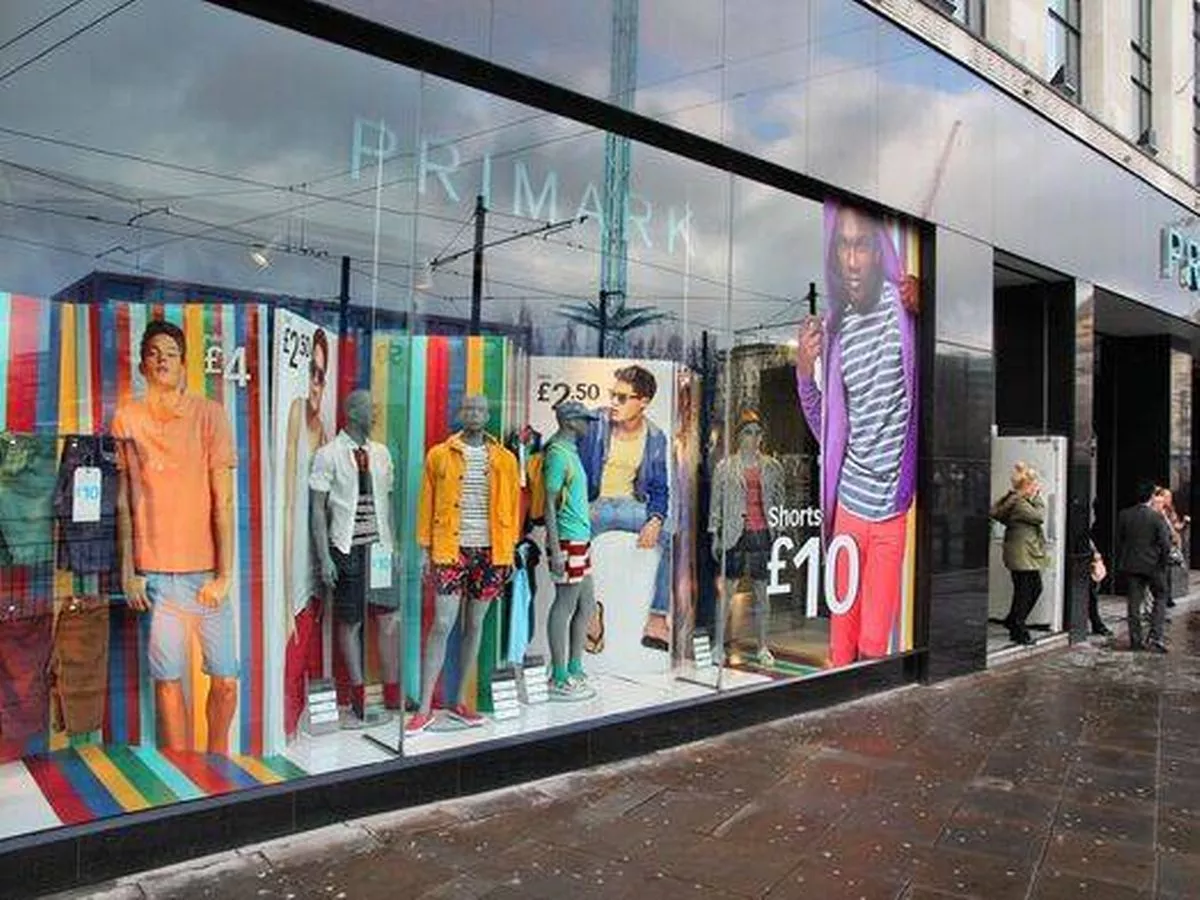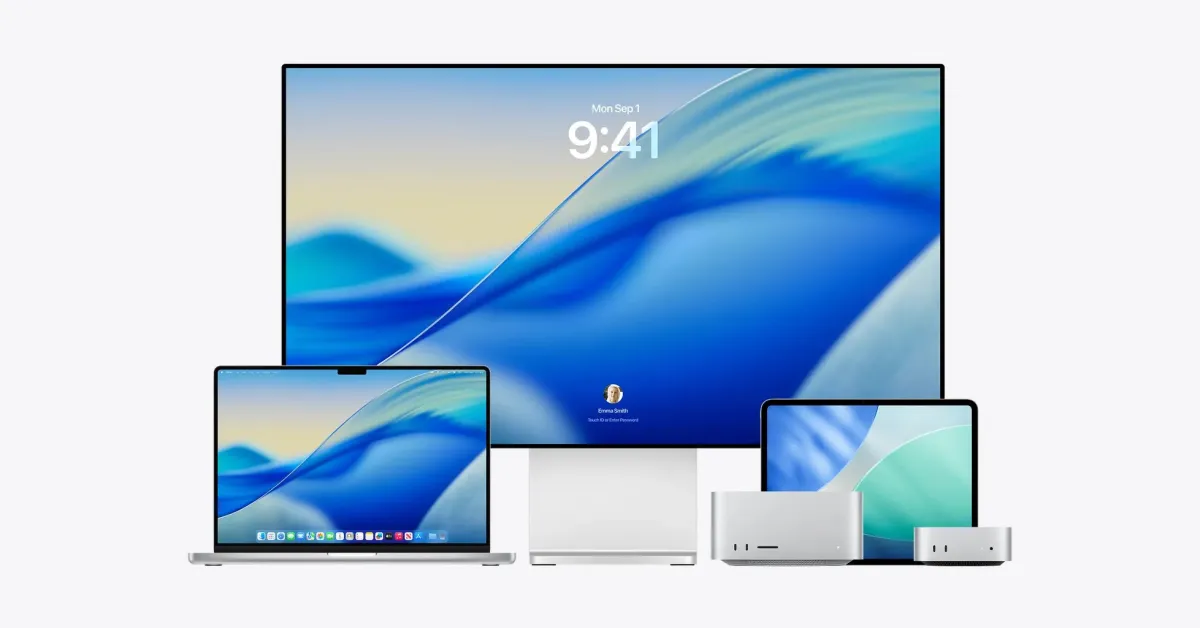By Ron Shevlin,Senior Contributor
Copyright forbes

Credit score management
OBSERVATIONS FROM THE FINTECH SNARK TANK
The financial services industry has made substantial progress in democratizing access to credit scores. Today, 95% of banks and credit unions offer customers visibility into their credit scores through digital banking tools.
While this transparency is important, it isn’t sufficient. Visibility alone doesn’t help consumers improve their credit health. And that’s where most banks fall short.
Based on the results of a survey of Americans with a subprime (580 to 619) or near-prime (620 to 670) credit score, Cornerstone Advisors estimates that banks could recapture more than $100 billion in deposits and generate more than $1.5 billion in interchange fees by integrating credit reporting into their checking accounts.
Consumers Want Embedded Credit Score Management
New research from Cornerstone Advisors and Bloom Credit reveals a gap between what banks offer and what consumers need. Gen Z and Millennial consumers with sub-prime and near-prime credit scores overwhelmingly want a checking account that helps them build and improve their credit profiles.
Six in 10 Americans between the ages of 21 and 44 said that a checking account that reports rent and bill payments to the credit bureaus—to help them improve their credit score—provides better value than their current checking or debit card account.
MORE FOR YOU
In fact, credit building stood out as the most attractive hypothetical checking account feature, ahead of innovations like automated health expense reimbursements, rewards for investing, and a paid bundle of subscription services.
A credit building feature can entice consumers to change accounts and alter payment behaviors. Among Gen Z and Millennials with subprime or near-prime credit scores:
73% would consider opening a new checking account if it helped them build their credit by reporting rent and utility payments to the credit bureaus;
79% would switch from using a credit card to using a checking account or debit card if it built their credit by reporting bill payments to the credit bureaus;
79% would use a non-primary checking account more frequently to pay bills and make other purchases if it reported bill payments to the credit bureaus; and
68% would switch their direct deposit to a non-primary checking account if it reported rent and bill payments to the credit bureaus.
Providing credit building capabilities is an urgency for these consumers because: 1) 44% say they don’t pay reasonable interest rates on their outstanding loans, and 2) 36% of those who currently rent plan (or want) to purchase a home in the next three years.
The New Realities of Credit Score Management
The adoption and positive outcomes of credit building tools shows that consumers:
Actively seek ways to improve their credit. They’re not just passively hoping it improves. They’ll try new tools, especially free ones, if there’s a chance of a score boost. This dispels any notion that “people don’t care enough about their credit to bother with such features.” Clearly, they do care.
Consider even modest score improvements worthwhile. Nearly half of Gen Z and Millennials said a 20-point increase in their credit score would be sufficient for them to see value in a credit building tool. Larger improvements are common—30% of Gen Z and Millennials who use credit building tools reported gains of 30 points or more.
Are eager to become scoreable. Experian Boost—a service that helps improve credit scores by including bill payments in the credit file—helped 47% of its previously scoreless users get a credit score. Those users saw credit reporting as an entry point. They’re motivated to join the credit system, and use a product that provides the on-ramp.
Will trust a major credit bureau with their bank data. Consumers will overlook data privacy concerns or inconveniences for a perceived benefit. Millions use Experian Boost, which requires users to connect their bank accounts and allow Experian to scan transactions. This should assure banks that if they offer credit reporting tools, consumers will enroll and link their external accounts.
Credit Score Management is a Must-Have For Banks
While nearly all banks provide credit score information, few deliver structured tools or experiences designed to help consumers improve their scores. As a result, many consumers turn to fintechs that offer pathways to build—and not just track—credit.
Platforms like Credit Karma, Experian Boost, and Chime’s Credit Builder Card help millions of Americans improve their credit scores by reporting rent payments, cell phone bills, or secured credit activity. In doing so, they capturing primary relationships, debit card volume, and consumer loyalty.
Credit score management isn’t just a “nice to have” feature—it’s a core differentiator. And more importantly, it’s a significant deposit growth lever—a $110 billion opportunity across the banking sector. Yet few institutions pursue it with the urgency or strategic intent it deserves.
Why not? In many cases, credit scores are treated as static marketing tools rather than dynamic engagement mechanisms. More concerning, the business case is often underestimated or poorly understood.
Banks’ Credit Score Management Advantage
The business case is clear: Integrating credit reporting capabilities into checking accounts could shift more than $110 billion in deposits back to banks and drive nearly $1.7 billion in interchange fees from bill payments.
Banks have a distinct advantage—trust, regulatory compliance, and access to core banking infrastructure. To capitalize on the opportunity, they need to shift from offering “score visibility” to delivering “score improvement.” This means:
Reinventing the checking account. Banks need to embed credit-building features directly into checking accounts and train frontline staff to act as credit wellness coaches.
Thinking differently about success metrics. Banks need to track how many customers improve their scores, reduce their reliance on high-cost credit, and become eligible for new financial products. These are the metrics that matter in a competitive landscape increasingly focused on financial health and inclusion.
Consumers expect their bank or credit union to help them build credit—not just monitor it. The $110 billion in potential deposits and debit interchange revenue will flow to those who understand that credit wellness is no longer a fringe benefit.
In an era defined by consumer empowerment and digital-first expectations, banks must move beyond visibility and toward accountability and help consumers achieve better outcomes. Credit score improvement tools are a compelling, scalable, and financially rewarding way to do just that.
For a complimentary copy of the report click here.
Editorial StandardsReprints & Permissions



